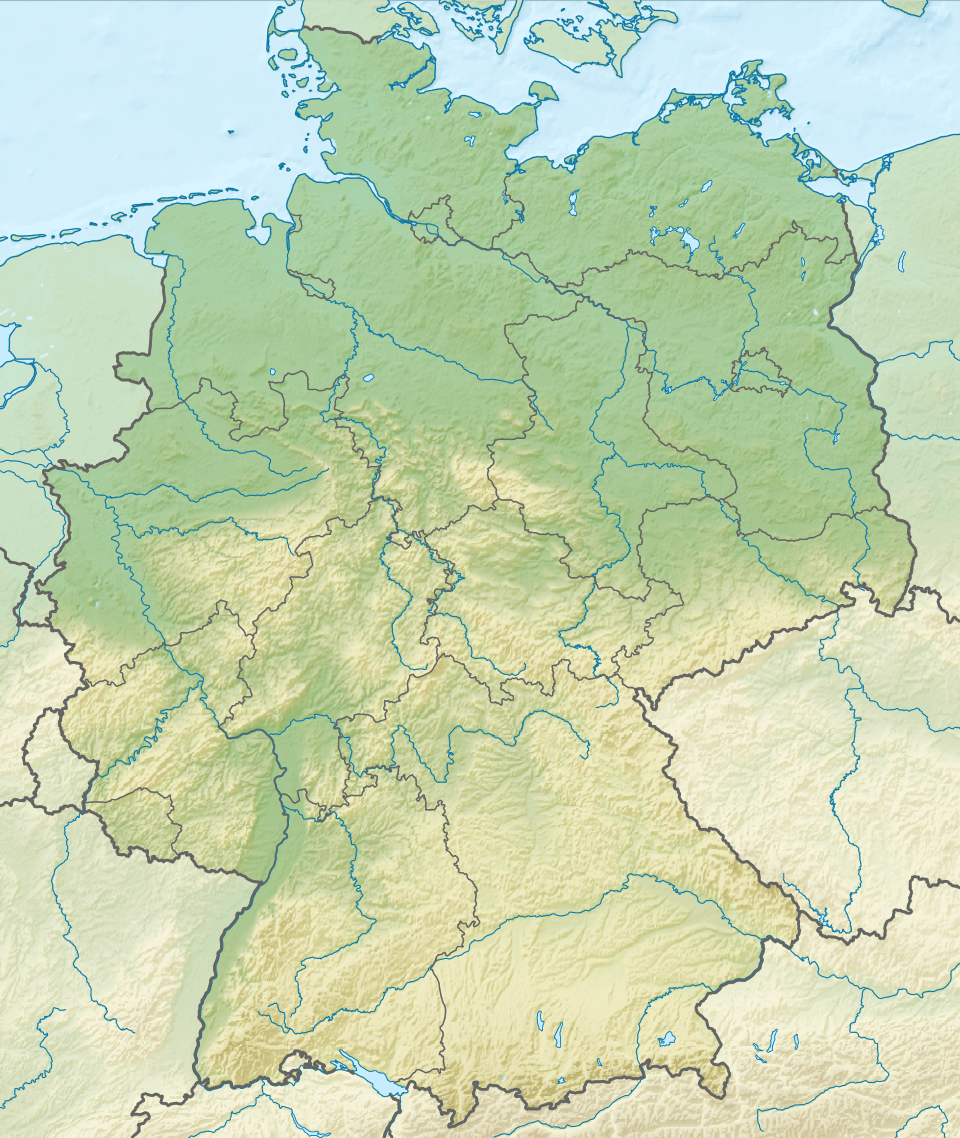Saxon Switzerland National Park
Saxon Switzerland National Park (German: Nationalpark Sächsische Schweiz), is a National Park in the German Free State of Saxony, near the Saxon capital Dresden. It covers two areas of 93.5 km² (36.1 mi²) in the heart of the German part of the Elbe Sandstone Mountains, which is often called (the) Saxon Switzerland (German: Sächsische Schweiz).
| Saxon Switzerland National Park | |
|---|---|
| Nationalpark Sächsische Schweiz | |
IUCN category II (national park) | |
 View from the Carolafelsen | |
 | |
| Location | |
| Nearest city | Dresden |
| Coordinates | 50°54′51″N 14°16′42″E |
| Area | 93.5 km² |
| Established | 1990 |
The National Park adjoins Bohemian Switzerland National Park (Czech: České Švýcarsko) in the Czech Republic.
Geography
Location
The National Park is the centre of a natural area of almost 710 km² (274 mi²). This region is called Saxon Switzerland and is cultivated by humans in many places. Some smaller towns and villages like Bad Schandau or Königstein in the district of Sächsische Schweiz are part of this region.
The core area of the National Park has a quiescent area of 40% and is covered almost completely by forest. The status of National Park, which grants the highest natural protection in Germany, was established in 1990. It lies – in two geographically separate areas – within the district of Sächsische Schweiz-Osterzgebirge.
Landscape
Saxon Switzerland is an intensively fissured and rocky canyon landscape. The highest peak of the National Park is at 556 meters (1,814 feet) above sea level, but is only a short distance from the valley of the Elbe river at 110 to 120 meters (360 to 390 feet). It offers several different habitats and microclimate zones due to its strong vertical division. The National Park still hosts some forms of forest without human intervention, which is unusual in central Europe. The special forms of mountain forest and gorge forest are endangered in Europe generally. Because of the sabulous soil and fissures, many places in this area are drier than normal for the temperate zone.
Western region
This region includes the Bastei area, the Lilienstein and the Polenz valley. In the west it is bordered by Wehlen and Lohmen, in the north by Lohmen and Hohnstein, in the east by Hohnstein and Goßdorf and in the south by Porschdorf, Rathen and Wehlen. The municipality of Waitzdorf lies entirely within the western region. Important peaks are the Lilienstein (415 m), the Bastei (305 m), the Hockstein and the Brand (317 m). The Grünbach and the associated lake of Amselsee and the Polenz are the only noteworthy bodies of water.
Eastern region
The eastern region includes the area of the Schrammsteine rocks, the Großer Winterberg mountain, the Großer Zschand valley and the hinterland of Saxon Switzerland (Hinterer Sächsischen Schweiz). To the west it is bordered by Bad Schandau and Altendorf and to the north by Altendorf, Ottendorf and Hinterhermsdorf. To the east and south it is bordered by the Bohemian Switzerland National Park. From Schmilka to Bad Schandau the Elbe forms the southern boundary of this region. Important peaks are the Großer Winterberg (556 m), the Kuhstall (337 m) and the Raumberg (459 m). The Kirnitzsch is the only noteworthy body of water.[1] [2]
Tourism and recreation

The National Parks are, in some cases, in conflict with tourism and recreation. One objective is to raise the inviolate area to 75%, which means limiting the areas of hiking and climbing. Today there are some 400 km (250 mi) of hiking paths, 49.9 km (31.0 mi) of biking paths, and 755 climbing locations with around 12,600 possibilities of climbing routes. The National Park is part of a larger region that serves as a recreation area close to Dresden. Bad Schandau has a station in the EuroCity network and is some 45 minutes away from Dresden (by Dresden S-Bahn).
Information posts
- National Park Headquarters[3]
- National Park Centre in Bad Schandau
- National Park Office in Bad Schandau
- Information posts
- Schweizerhaus on the Bastei
- Amselfall mountain hut
- Log cabin on the Brand
- Eishaus on the Großer Winterberg
- Armoury in the Großer Zschand
- Haus Beize and Waldhusche in Hinterhermsdorf
Points of interest
- Pflanzengarten Bad Schandau, a regional botanical garden
See also
References
- Topografische Karte und Begleitheft Sächsisch-Böhmische Schweiz, Landesvermessungsamt Sachsen, Dresden 2003, ISBN 3-89679-361-6
- http://www.gesetze-im-internet.de/bundesrecht/natpsschweizv/gesamt.pdf
- "Archived copy". Archived from the original on 2011-04-29. Retrieved 2011-05-02.CS1 maint: archived copy as title (link)
External links
| Wikimedia Commons has media related to Saxon Switzerland National Park. |